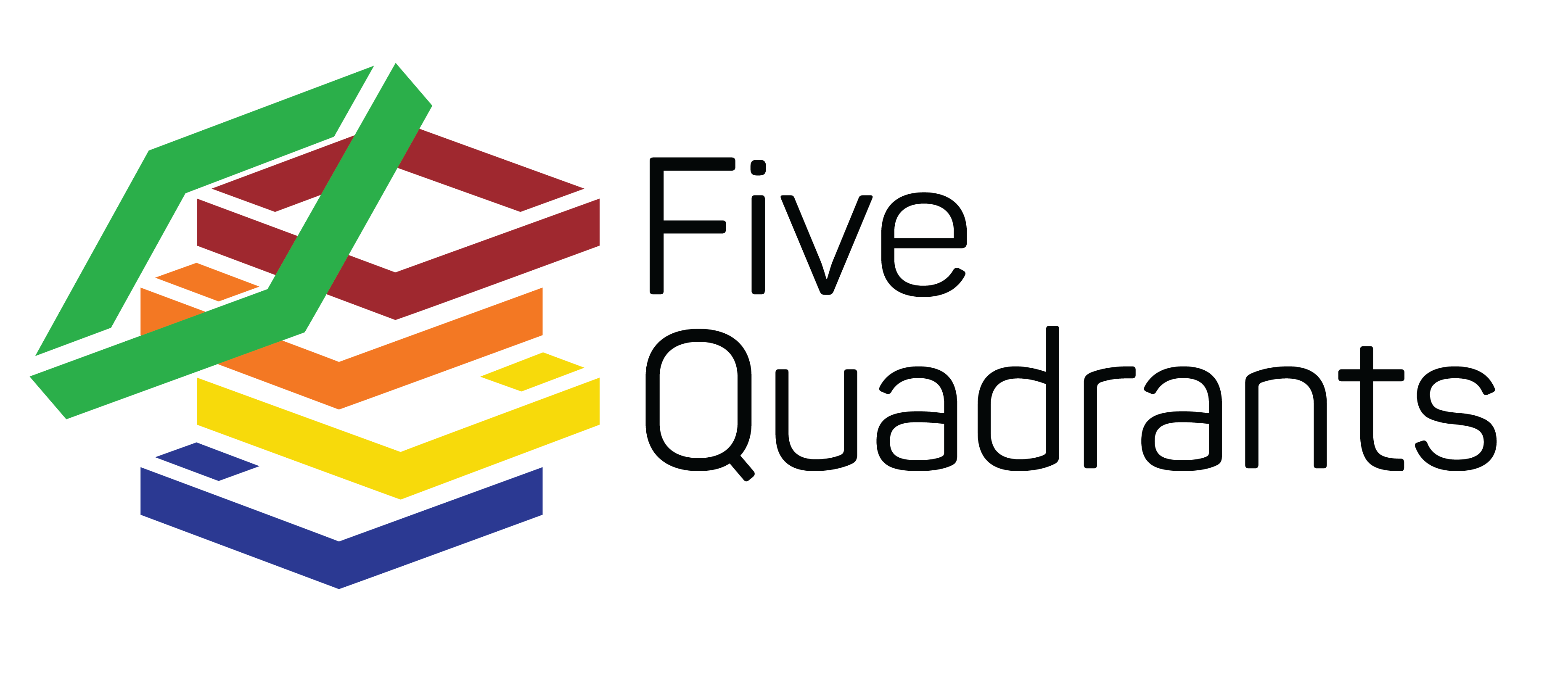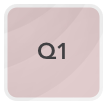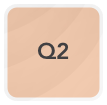Quadrant 4
Risk Models Don’t Apply – Complex Systems & Fat or Indeterminate Tails
Definition
Q4 extreme risk events are infrequent, yet their impact is massive (same consequence as our Q2 coconut). In fact, their infrequency often lulls us into a false sense of security and overconfidence in our ability to avoid catastrophe.
Criteria
- The complexity and interconnectedness in Q4 is enormous, yet risks are often invisible, understated or ignored. Leverage – often excessive – is usually present in Q4.
- The distributions are Fat-tailed, Log, Pareto (power), Fractal, Multivariate – anything but normal. Interconnectedness increases Complexity
Examples
- Viruses; COVID-19, Ebola, SARS, Zika, HIV/AIDS, Bubonic plague and Smallpox start with one animal/person and by interconnected local and global networks of air, sea and land transport that continue to expand in speed, volume and reach, allow pathogens to move further, faster and wider than ever before.
- The 2008 Global Financial Crisis. The social impact of a Q4 fat-tail event is enormous (people lose jobs, houses, retirement funds, have heart attacks, get arrested and spend time in jail, governments fail, new laws and regulations are introduced). Leverage is usually rampant in Q4.
Risk Management Tools
- Simplify; our ability to forecast the timing and magnitude of Q4 risk events is poor – approaching the impossible. The world is just too complex and too interconnected to figure out how a Q4 risk will materialize. So we mistakenly try to forecast harder, with more inputs and better models, whereas the real solution is to simplify.
- Risk models don’t work; yet modellers try to tweak and calibrate models to make them work better. (We have a tendency to make small incremental changes – iterations – in our attempt to find solutions instead of completely discarding bad models and starting afresh with a clean slate). Modellers try to modify and adapt risk measures that work in Q1 (VaR) to account for leverage, unpredictability and fat tails (expected loss), but they just introduce the illusion of control. We think we can model and risk manage fat-tailed Q4 risks, but we can’t.
- Isolate components or build a wall to separate them (safe-distance, wear a mask, reduce interactions), create immunity or resilience (herd immunity, vaccinations and symptom-reducing drugs) and promote healthy living (good luck with that).
- Get out of Q4! Chop the tails, limit the downside contractually, buy “crash puts,” reduce leverage and change the risk profile to that of a manageable quadrant.





